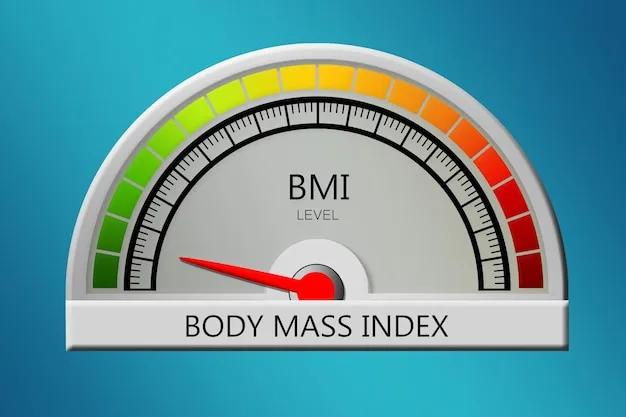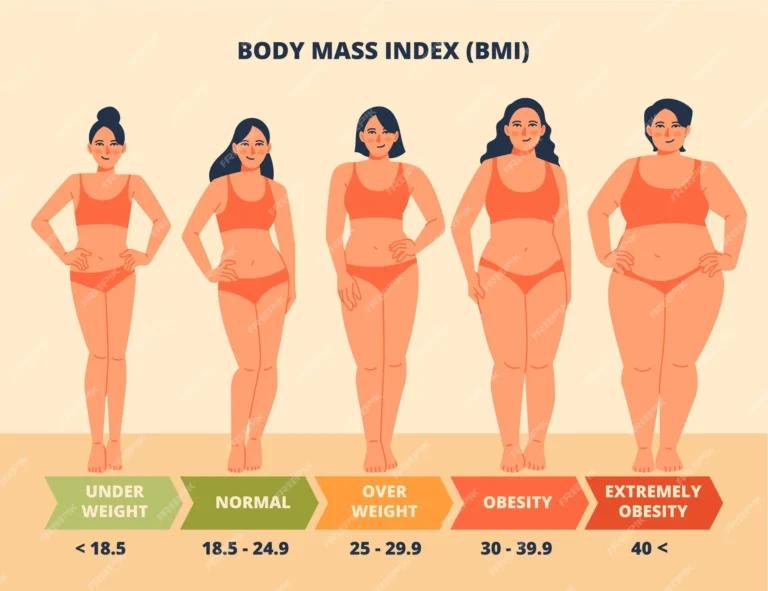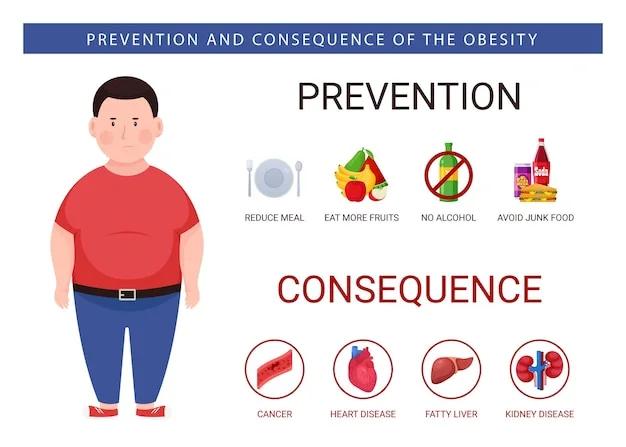In today’s world, where health and fitness have become paramount, one term that often comes up in conversations is “BMI.” But what exactly is BMI? Body Mass Index, commonly known as BMI, is a measure of body fat based on a person’s height and weight. It is widely used by healthcare professionals as a screening tool to assess an individual’s weight category, whether they fall into the underweight, healthy weight, overweight, or obesity range. While BMI doesn’t directly measure body fat, it is moderately correlated with more direct measures of body fatness and various metabolic and disease outcomes.
In this comprehensive guide, we will delve into the various aspects of BMI. We’ll explore how BMI is used, its interpretation for adults and children, its limitations, and its relevance in assessing overall health. So, let’s dig deeper and gain a better understanding of BMI.
How is BMI used?
BMI serves as a valuable screening tool to assess weight category, but it does not diagnose an individual’s body fatness or overall health problems. It’s important to note that further assessments are required to determine if BMI poses a health risk. Healthcare providers may utilize additional evaluations such as skinfold thickness measurements, dietary assessments, physical activity evaluations, and family history to gain a comprehensive understanding of an individual’s health status. BMI is only an estimate that cannot take body composition (the percentage of fat, bone, and muscles) into account.
BMI trends for adults in the United States
Over the years, the prevalence of obesity has drastically increased in the United States. The number of adults with a BMI greater than or equal to 30 kg/m2 (obese status) has risen significantly since the 1970s. However, recent data suggests that this upward trend has started to level off, except for older women, where obesity rates continue to rise. To gain a deeper understanding of obesity trends in adults, it is essential to analyze comprehensive data. For more information, you can refer to the Adult Obesity Facts provided by the Centers for Disease Control and Prevention (CDC).
Why is BMI used to measure overweight and obesity?
BMI is widely used as a tool to measure overweight and obesity due to its simplicity and cost-effectiveness. By utilizing a person’s weight and height measurement, BMI provides a quick estimation of body fat percentage. To calculate BMI, you can refer to the formula provided by the CDC based on either the metric system (kilograms and meters) or the imperial system (pounds and inches). A BMI chart is used to categorize a person as underweight, normal weight, overweight, or obese.
Other ways to assess excess body fatness besides BMI
While BMI is a widely used measure, it is important to note that other methods are available to assess body fatness. These methods include skinfold thickness measurements using callipers, underwater weighing, waist circumference measurements, bioelectrical impedance, dual-energy x-ray absorptiometry (DXA), and isotope dilution.
How is BMI calculated?
BMI is calculated in the same way for both adults and children. The calculation is based on the formulas provided by the CDC, depending on the measurement units used. For the metric system, BMI is calculated by dividing body weight in kilograms by the square of height in meters. For the imperial system, BMI is calculated by dividing weight in pounds by the square of height in inches, multiplied by a conversion factor of 703.
To better understand the calculation, let’s consider an example. Suppose a person weighs 68 kg and has a height of 165 cm (1.65 m). The BMI calculation would be as follows: 68 ÷ (1.65)2 = 24.98. This calculated value falls within a specific BMI range, which we will discuss further in the next section.
How is BMI interpreted for adults?
For adults aged 20 and older, BMI is interpreted using standard weight status categories that are the same for both men and women. These categories classify individuals into the following weight status ranges underweight, healthy weight, overweight, and obesity. The CDC provides a table that correlates BMI ranges with weight status categories for adults.
To illustrate this further, let’s consider an example. Suppose a person is 5’9″ tall. The weight ranges, corresponding BMI ranges, and weight status categories for this individual would be as follows:
- Below 18.5: Underweight
- 18.5 – 24.9: Healthy Weight
- 25.0 – 29.9: Overweight
- 30.0 and Above: Obesity
It is important to note that these weight status categories apply to men and women of all body types and ages.
Is BMI interpreted the same way for children and teens?
While the calculation of BMI remains the same for children and teens, its interpretation differs. This is due to variations in body fat distribution and changes in body fatness that occur with age. Unlike adults, children and teens have age and sex-specific BMI categories that account for these differences. The CDC has developed BMI-for-age growth charts that visually represent BMI as a percentile ranking based on representative data collected from the US population of 2- to 19-year-olds from 1963 to 1994.
Obesity among children and teens is defined as a BMI at or above the 95th percentile for children of the same age and sex in the reference population. For example, a 10-year-old boy of average height who weighs 102 pounds would have a BMI of 22.9 kg/m2, placing him in the 95th percentile for BMI. This indicates that his BMI is higher than that of 95% of similarly aged boys in the reference population, classifying him as obese.
To access the CDC Growth Charts and gain a deeper understanding of BMI interpretation for children and teens, you can refer to their website.
How good is BMI as an indicator of body fatness?
BMI has a fairly strong correlation with body fatness, but it is important to note that two individuals with the same BMI may have different levels of body fatness. Several factors influence body fat distribution and composition, including gender, race/ethnicity, age, and athletic status. Women tend to have more body fat than men at the same BMI, while different racial and ethnic groups may have varying amounts of body fat at the same BMI. Additionally, older individuals generally have more body fat than younger adults at the same BMI.
Athletes, in particular, may have higher BMIs due to increased muscle mass rather than increased body fatness. Therefore, a high BMI in an athlete may not necessarily indicate overweight or obesity. It is crucial for healthcare providers to conduct comprehensive assessments to evaluate an individual’s health status and risks, especially in cases where BMI may not accurately reflect body fatness.
What are the health consequences of obesity for adults?
Obesity is associated with a multitude of health consequences and increases the risk of several diseases and conditions. Some of the health issues linked to obesity include an increased risk of all-cause mortality, high blood pressure (hypertension), dyslipidemia (high LDL cholesterol, low HDL cholesterol, or high levels of triglycerides), type 2 diabetes, coronary heart disease, stroke, gallbladder disease, osteoarthritis, sleep apnea and breathing problems, chronic inflammation, oxidative stress, certain cancers (endometrial, breast, colon, kidney, gallbladder, and liver), low quality of life, and mental health disorders such as clinical depression, anxiety, and other mental disorders. Obesity can also lead to body pain and difficulties with physical functioning.
It is crucial to understand the health risks associated with obesity and take appropriate measures to prevent and manage this condition. By maintaining a healthy weight and adopting a balanced lifestyle, individuals can reduce the likelihood of developing obesity-related health issues.
Conclusion
Your body mass index serves as a valuable tool in assessing weight category and potential health risks associated with the amount of body fat. While it is not a definitive measure of body fat, BMI provides a quick and cost-effective estimation of an individual’s weight status. Understanding how BMI is calculated, interpreting its results for adults and children, and recognizing its limitations is essential for healthcare professionals and individuals alike.
By utilizing BMI as part of a comprehensive health assessment, healthcare providers can gain insights into an individual’s overall health and identify potential risk factors for health conditions associated with obesity. However, it is important to remember that BMI should not be the sole determinant of an individual’s health status. A holistic approach that includes further assessments and consideration of individual factors is crucial for accurate health evaluations.
Maintaining a healthy weight and lifestyle is of utmost importance in preventing obesity-related health issues. By promoting regular physical activity, adopting a balanced diet, and seeking professional guidance, individuals can take control of their health and well-being.
Sources
- Calculate Your BMI – Standard BMI Calculator
- About Adult BMI | Healthy Weight, Nutrition, and Physical Activity – CDC
Medical Disclaimer
NowPatient has taken all reasonable steps to ensure that all material is factually accurate, complete, and current. However, the knowledge and experience of a qualified healthcare professional should always be sought after instead of using the information on this page. Before taking any drug, you should always speak to your doctor or another qualified healthcare provider.
The information provided here about medications is subject to change and is not meant to include all uses, precautions, warnings, directions, drug interactions, allergic reactions, or negative effects. The absence of warnings or other information for a particular medication does not imply that the medication or medication combination is appropriate for all patients or for all possible purposes.









